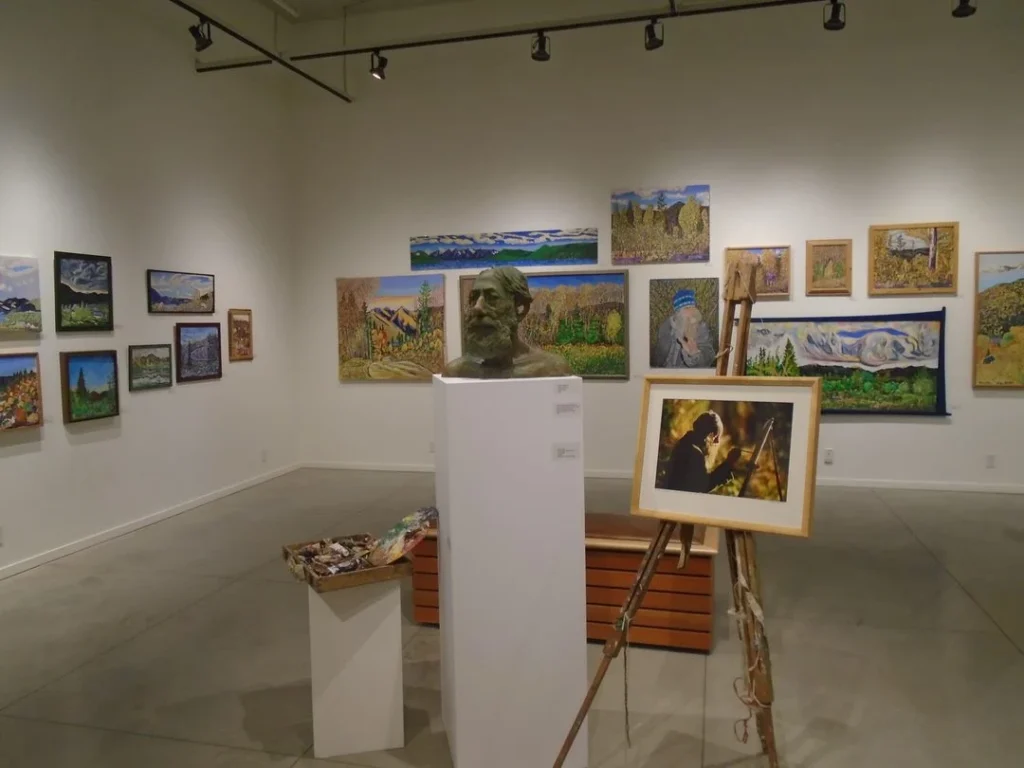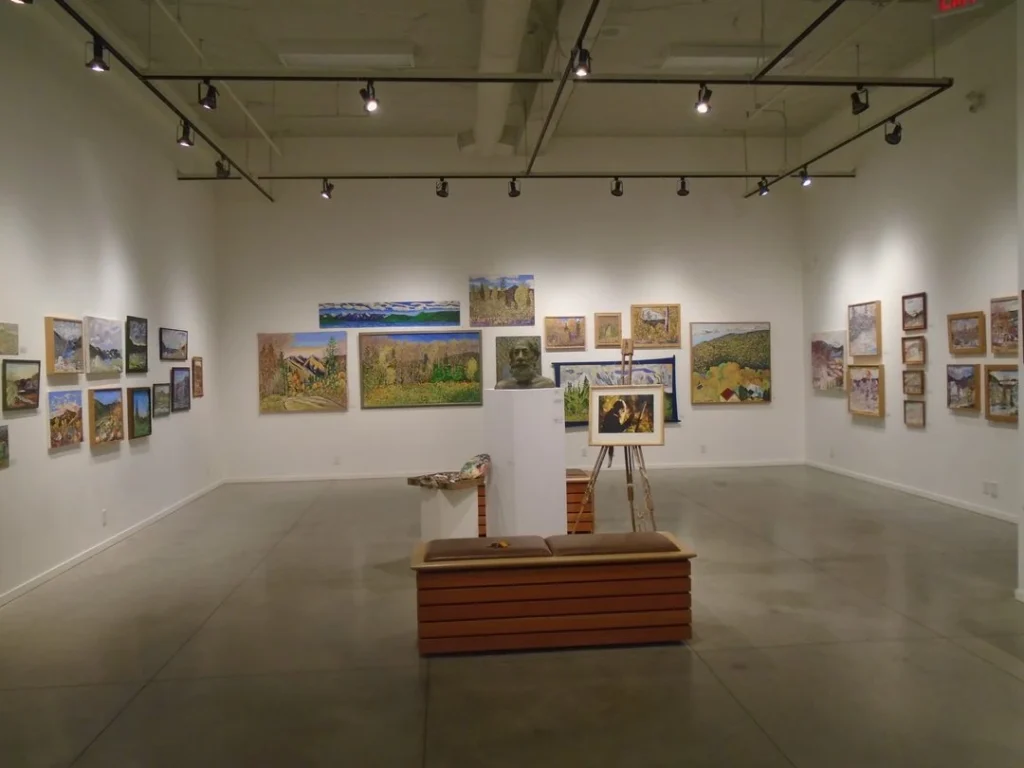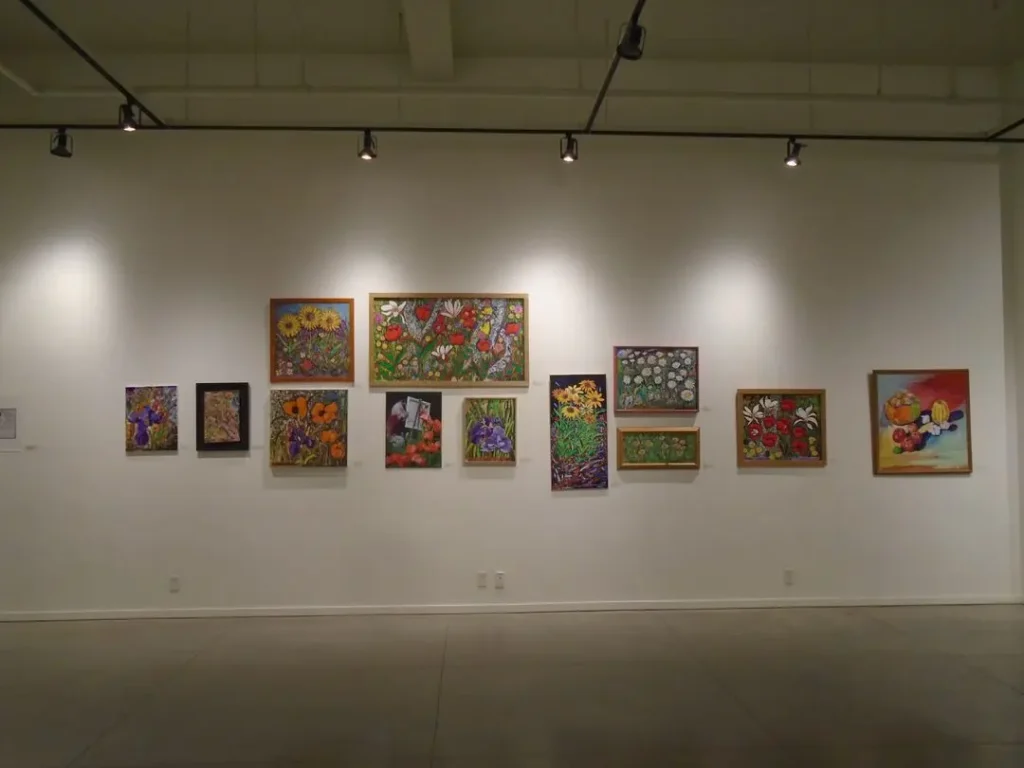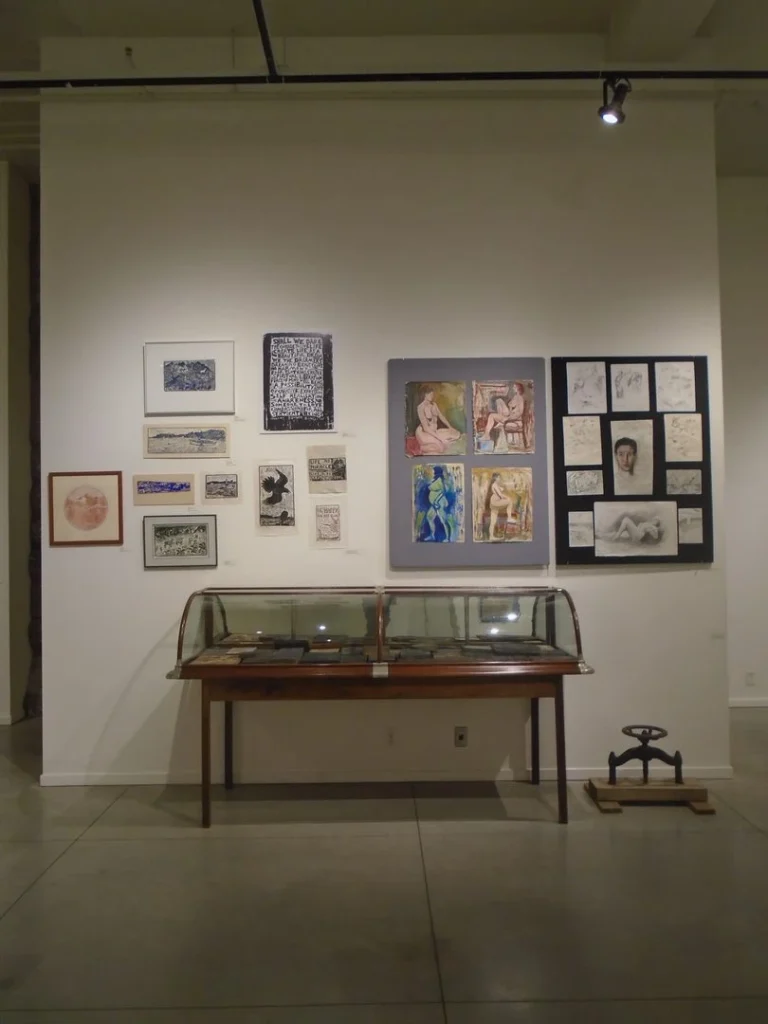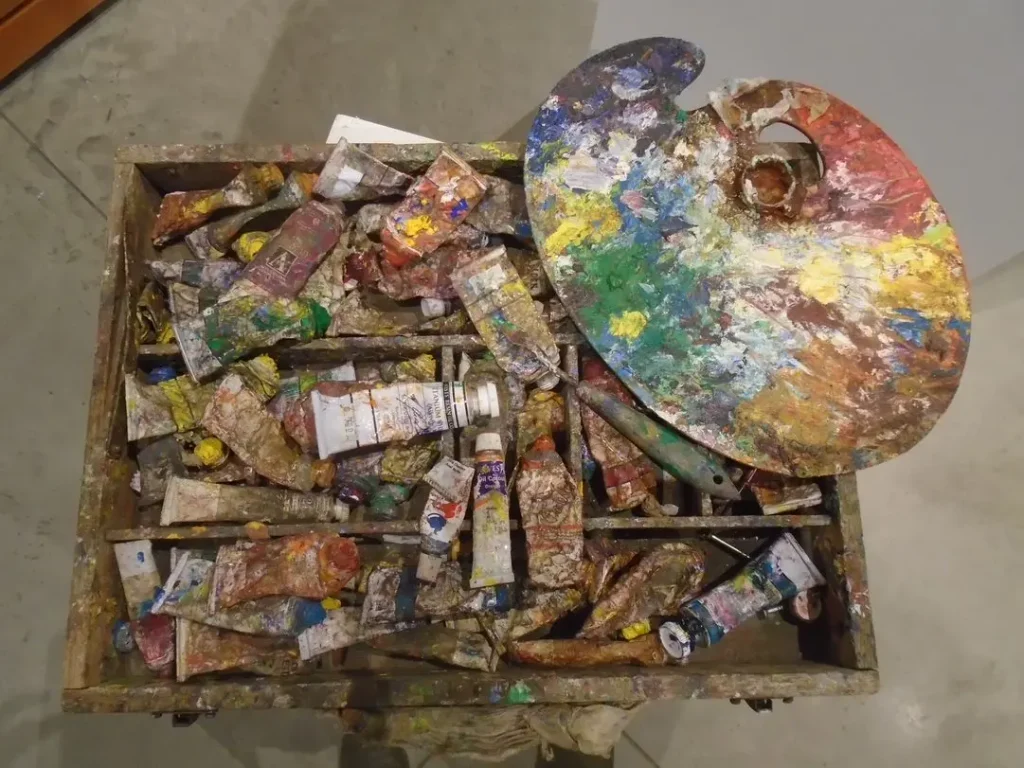Curated by Arin Fay
Wayne H. E. King was an artist who challenged convention, within his work and his life. Complexity of character and a passionate disregard for tradition, combined with an unstoppable artistic ardour, made him a bright light in a world that can often be predictable and pedestrian by comparison. Wayne elevated people and place, he epitomized the bohemian ideal, for good and ill, and brought colour to the lives of those privileged enough to know him and appreciate his work.
Wayne King created works of art that immortalize and celebrate the place where we live, the people who live here, and the details that surround us. This kind of focus by artists has always had the ability to uplift and create awareness; it is the gift that artists give the culture within which they live. From soup cans to sunflowers and from grand spectacle to quiet gestures; artists offer views of the world that “we” are often too distracted to see. King’s celebration of place, like the Impressionists of the Nineteenth century, specifically the cityscapes and landscapes of artists like Camille Pissarro and Claude Monet, revel in the juxtapositions between urban and rural, old and new, and light and dark, in all possible permutations. With a bold use of colour, frenetic brush strokes and an interest in the effect of light and perspective, artists such as Wayne King comment on the complex and common-place facets of the world around them.
It is possible to see myriad influence, ethos and antecedents in Wayne’s repertoire: Impressionist, Primitivism, Surrealism, Expressionism, pseudo-naïve, abstraction, outsider, folk art, representational, Hippie Modernist, Psychedelic, et cetera. But again, there are no easy associations when the tenets of these traditions are by turns followed, flouted and fanaticized. Such creative irreverence is, of course, an essential aesthetic tradition in-and-of itself, and Wayne was an absolute master of the craft. King emulated, challenged and celebrated artistic conventions as part of his truly epic productivity; he was unconcerned with classifications and tested boundaries of all kinds. Somewhere between Willem de Kooning, Frederick Varley, and Gilbert Shelton’s Fabulous Furry Freak Brothers is the confluence from which Wayne’s work stems. He could create the most perfect representational views, with modulated colour and attention to light and shadow or he could focus completely on the foreground and a strong use of pattern in pure unblended colour. He sketched constantly and was a very skilled technical artist but often chose to paint in a spontaneous and slap-dash manner, choosing energy over accuracy.
The counterculture and ideological underpinnings of Wayne’s work should not go unmentioned, and are likewise linked to place, approach and “the Nelson vibe”. Andrew Blauvelt speaks to this specific cultural consideration in the article Hippie Modernism: Aesthetic Radicalism and the Counterculture “This ‘art under the influence’ approach applied not only to some artists whose work was produced during drug-induced sessions but also for the many more who drew upon such episodes and experiences more symbolically or referentially, giving psychedelic art currency as both a form of process and representational art” (Walker Art Center, 2015). For artists, like King, internal, intellectual and altered landscapes are intrinsic and essential to those of the actual/outside world and making them tangible was his Joie de vivre.
The Woodblock prints, both text-based and representational, evocatively express the ideology, mythology and spirituality of the artist. And again, there are telling antecedents to the medium and method: Katsushika Hokusai, William Blake, Edvard Munch, Stanislaw Raczynski. In looking at the woodblocks themselves, and the vision, patience and process of translating ideas and energy into a tangible form, it is hard to not be aware and in awe of Wayne as part of an ancient artist tradition. Deceptively simple but technically intense, the black-and-white and inside-out nature of woodblock printing is emblematic of the sentiments expressed, and in keeping with Wayne’s bohemian ideals:

Wayne King reminds us that things easily taken for granted are important, and that it is through the artists that we see ourselves.

